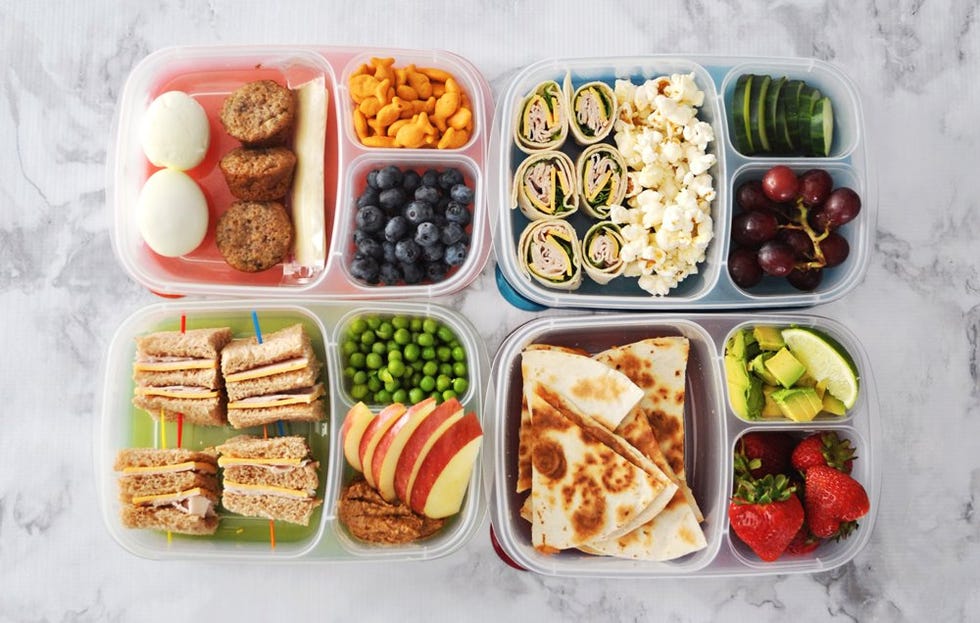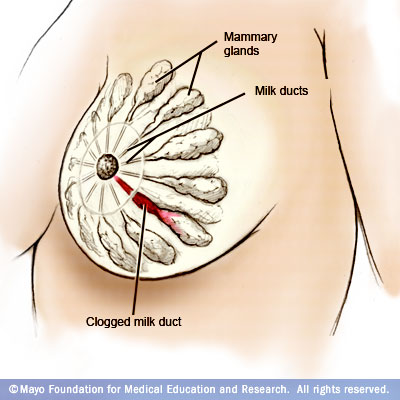Women of Color face unique challenges and hardships when it comes to breastfeeding. The cultural barriers alone make the initiation and continuation of breastfeeding for Black mothers much more difficult than for White or Hispanic mothers. Some of the barriers specific to the Black community are:
- There are fewer lactation professionals that serve areas with higher populations of Black mothers
- There are significantly fewer lactation professionals that are Women of Color vs. White or Hispanic
- Since fewer women of the previous generation breastfed, it is harder to have the much needed familial support to initiate and continue breastfeeding
- There are fewer breastfeeding role models within the Black community
- In some communities, breastfeeding is viewed as a "White thing", leading to ridicule of Black mothers who do breastfeed
- There are still deep-rooted cultural barriers stemming from the days of slavery where Black women were forced to wet-nurse White babies
So why does it matter if women of color are breastfeeding or not? Simply put, breastfeeding saves lives.
Black babies who were breastfeed for less than 6 months are at an increased risk for:
- Necrotizing entercolotis a deadly disease that attacks the intestine of premature infants (3.3 times more likely)
- Child death (2.2 times more likely)
- SIDS (1.9 times more likely)
- Ear infection (1.7 times more likely)
- G.I. infection (1.3 times more likely)
Black mothers who breastfeed for less than 6 months are at a 1.4 times more likely to develop Type 2 Diabetes during their lifetime, and had higher risks for developing chronic high blood pressure.
How can White and Hispanic mothers help support Women of Color during Black Breastfeeding Week?
LISTEN TO THEIR BREASTFEEDING STORY. Empathize with their struggles, provide encouragement and support, and celebrate in their victories!
How To Set Yourself Up For Breastfeeding Success:
Ask that hospital staff allow you and your baby immediate skin-to-skin for at least an hour after delivering.
Follow you baby’s hunger cues - rooting, smacking lips, sucking on hands/fists - and allow them to nurse on-demand vs on the clock.
Ask to have the hospital’s Lactation Consultant evaluate your baby’s latch before you are discharged, even if you are not having any issues. If you are struggling to get your baby to latch properly, ask that the LC on staff be called immediately to come assist you.
Consider hiring a doula for your birth - mothers who have doulas in attendance of their births have much higher rates of successfully initiating breastfeeding immediately postpartum, as well as higher rates of continued breastfeeding success 6 months postpartum.
Have good postpartum support in place before delivering. Mothers who have good support when they are released to go home with their babies have higher breastfeeding success rates.
Become involved in your local Mom or breastfeeding groups, like Le Leche League.
Breastfeeding can be challenging for some women, it is ok if you do not enjoy your nursing experience at first. Find someone who you can talk with openly about how you feel about breastfeeding and the challenges of being a new mother (like a Le Leche League Leader, a breastfeeding professional, or a postpartum doula).
Normal Stool and Urine Patterns For Breastfed Babies
Stool
Day 1: Meconium, black/tarry (1)
Day 2: Black/green (2)
Day 3: Green, more frequent, looser, smaller quantity, lighter colored (3-4)
Day4: Brownish green to mustard-yellow, loose small-curd (4-5)
Day 5: Mustard-yellow, loose small-curd (3 or more)
Urine
Days 1-3: Few wet diapers, increasing daily
Days 4-5: Heavy, wet diapers (4-5)
Day 6: Heavy, wet diapers daily (6)
When to look for help:
- If your baby is very sleepy and regularly feeds less than 8 times in 24 hours and does not provide enough wet or soiled diapers daily.
- If you baby is very fussy after feedings.
- If your baby is not gaining the appropriate amount of weight (4 -7 ounces weekly) or experiences a large drop in weight.
- If your baby regularly takes an hour or longer each feeding.
- If your baby has no consistent swallowing rhythm.
- If your baby is inconsistent at the breast/latching or suckles less than five minutes per breast.
- If you experience extreme engorgement.
- If your baby was premature, has a birth defect (eg. cleft palate), was ill, or had a difficult birth.
- If your baby has jaundice.
- If you had multiples.
- If your baby is showing signs of nipple confusion (will accept a bottle or a pacifier but refuses the breast).
- If you experience cracked or bleeding nipples, or extreme pain when nursing lasting beyond one week.
- If you have inverted or flat nipples.
- If you experience flu-like symptoms, have a fever, or have painful, bright-red, engorged breasts which may or may not have hard lumps or knots in them.
Resources
Recommended Reading
The Nursing Mother’s Companion, by Kathleen Huggins
Dr. Jack Newman’s Guide To Breastfeeding, by Jack Newman & Teresa Pitman
The Womanly Art Of Breastfeeding, by Diane Wessinger, Diana West, & Teresa Pitman
Online Resources
Breastfeeding
Toxnet.nlm.nih.gov/newtoxnet/lactmed.htm (National database of drugs and their impact on breastfeeding mothers and their infants)
Finding a Doula
Beltanebirthservices.com (I offer birth and postpartum services to the women and families of Hampton Roads, Isle of Wight County and Surry in Southeastern Virginia)
Peninsuladoulas.com (Hampton Roads area of Southern Virginia)









